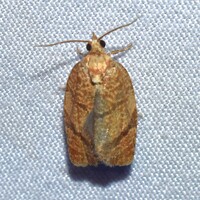
| Recorded by: Jeff Niznik on 2024-07-14
Watauga Co.
Comment: | 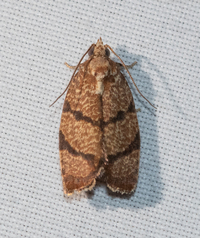
| Recorded by: Emily Stanley on 2024-06-25
Buncombe Co.
Comment: |
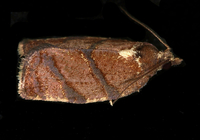
| Recorded by: Jim Petranka on 2024-06-01
Madison Co.
Comment: | 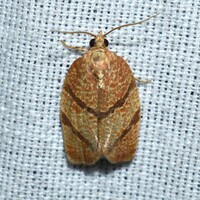
| Recorded by: David George, Stephen Dunn, Jeff Niznik, Rich Teper, Becky Watkins on 2023-07-30
Swain Co.
Comment: |
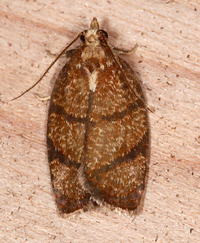
| Recorded by: Jim Petranka and Becky Elkin on 2023-07-27
Buncombe Co.
Comment: | 
| Recorded by: Jim Petranka and Becky Elkin on 2023-07-27
Buncombe Co.
Comment: |
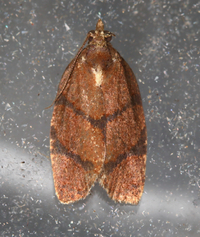
| Recorded by: Jim Petranka and Becky Elkin on 2023-06-24
Buncombe Co.
Comment: | 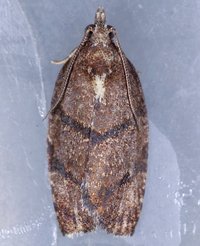
| Recorded by: John Petranka on 2023-06-09
Orange Co.
Comment: |
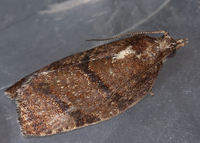
| Recorded by: John Petranka on 2023-06-09
Orange Co.
Comment: | 
| Recorded by: Darryl Willis on 2022-08-08
Cabarrus Co.
Comment: |
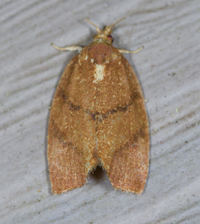
| Recorded by: Jim Petranka on 2022-07-03
Madison Co.
Comment: | 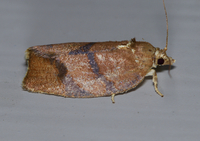
| Recorded by: Jim Petranka on 2022-06-29
Madison Co.
Comment: |
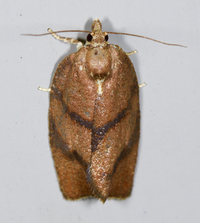
| Recorded by: Jim Petranka on 2022-06-29
Madison Co.
Comment: | 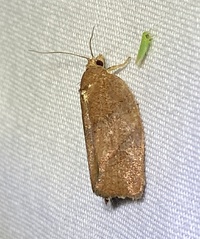
| Recorded by: David George, L. M. Carlson on 2022-06-21
Caswell Co.
Comment: |
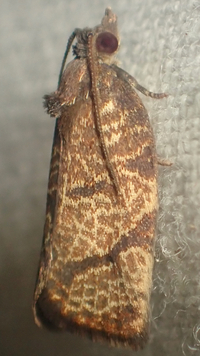
| Recorded by: tom ward on 2022-06-07
Buncombe Co.
Comment: | 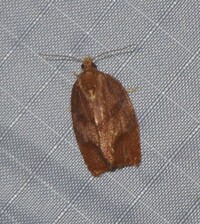
| Recorded by: Stefanie Hedrick on 2022-06-06
Mecklenburg Co.
Comment: |

| Recorded by: Jim Petranka on 2022-06-01
Montgomery Co.
Comment: | 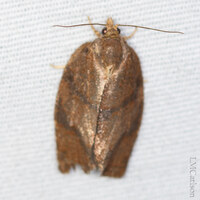
| Recorded by: David George, L. M. Carlson on 2022-05-28
Orange Co.
Comment: |

| Recorded by: tom ward on 2021-06-28
Buncombe Co.
Comment: | 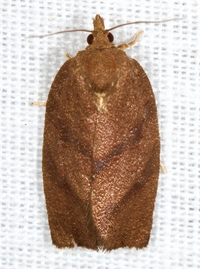
| Recorded by: Jim Petranka and Becky Elkin on 2019-06-23
Madison Co.
Comment: |

| Recorded by: Jim Petranka and Becky Elkin on 2019-06-23
Madison Co.
Comment: | 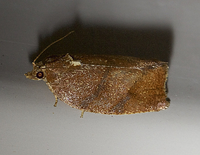
| Recorded by: Jim Petranka and Becky Elkin on 2018-07-04
Madison Co.
Comment: |

| Recorded by: Jim Petranka and Becky Elkin on 2018-07-04
Madison Co.
Comment: | 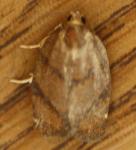
| Recorded by: Doug Blatny/Jackie Nelson on 2012-06-30
Ashe Co.
Comment: |
|

 »
»




 »
»


